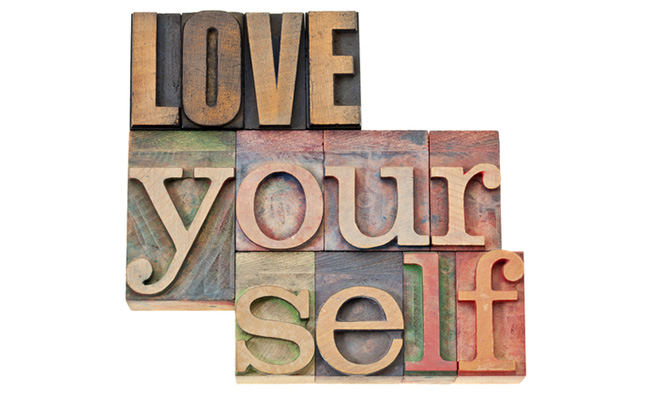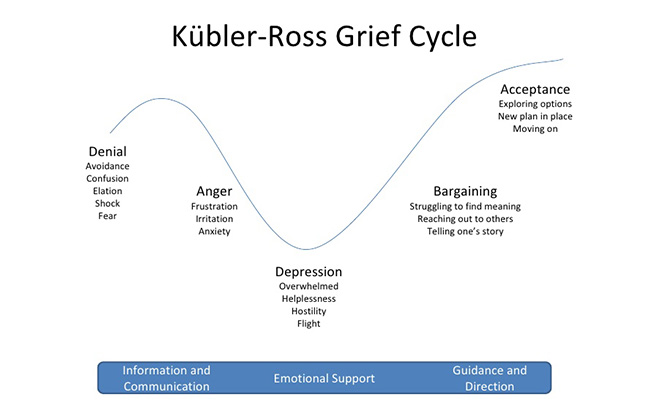In part one of this series, we talked about how important it is to learn to love yourself. In this blog post, we will outline the process of practicing self-love.
How Do You Start The Process of Learning To Love Yourself?
The first step in learning to love yourself is coming to an awareness that you don’t already. This is usually a very painful realization, but it is a necessary one. Self-awareness is always the first step to changing a deeply engrained behavior or altering your current state of being.
Most people realize they don’t love themselves when they really start paying attention to how they talk to themselves. If you have nothing but negative things to say to yourself about yourself, you probably don’t love yourself.
Are you constantly telling yourself that you are fat, stupid, bad, worthless, useless or ugly? Do you call yourself names like idiot, loser, moron, monster, or failure? Are you mean to yourself in your own head? Are you very unforgiving of yourself when you make a mistake? If so, you may have a deeply rooted negative self-image that doesn’t reflect self-love.
If you want to begin the process of learning to love yourself, start paying attention to what you are saying to yourself. When you realize you don’t love yourself, you will suddenly feel very uncomfortable, which will motivate you to want to learn how.
To Love Yourself, You Have To Understand What Love Is
The second step to learning to love yourself is to define love.
Most people who have had problems with addiction do not really know what love is. They almost always confuse love with infatuation, obsession, great sex, or feelings of elation. But, these are not demonstrations of real love. Real love is much deeper.
Furthermore, when most people think of the word love, they almost always associate it with romantic love. They think of finding “the one,” falling in love, getting married, and living happily every after. But it is important to understand that love is not limited to romance. To learn to love yourself, you have to start relating to the concept of love in a different way.
The reason why so many people are confused about love is that we overuse the word. We say we love French fries, or we love drugs and alcohol, or we love sex. We seem to equate love with a strong liking for something. When we want more and more of the feeling something or someone gives us, we think we must love it/him/her. But, the truth is that we don’t love French fries, or drugs and alcohol, and sex. We enjoy the way they make us feel.
The thing is, love is not a feeling. Love is an action.
To Practice Self-Love, You Must Get Into Action
In the process of learning to love yourself, you first have to understand that you don’t love yourself so you will become motivated to change. Then, you have to come to understand that love is an action. Finally, you have to go about the business of practicing self-love through action.
Be sure to check out the third and final part to this series – The Process of Learning to Love Yourself – Part Three where you will learn how to practice self-love.
CLICK HERE to get a Free Confidential Addiction Rehabilitation Assessment.














